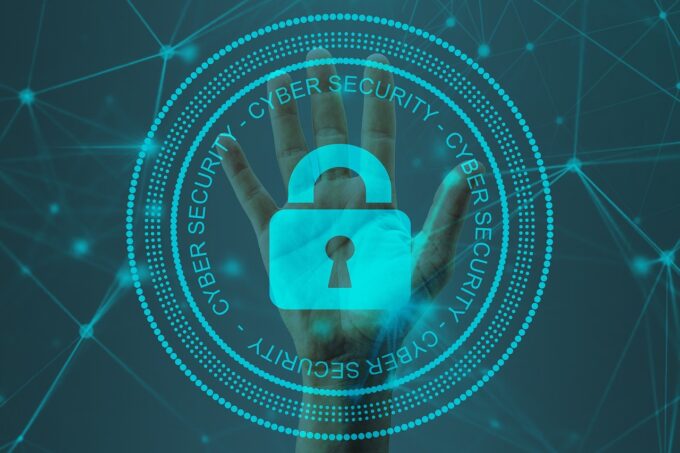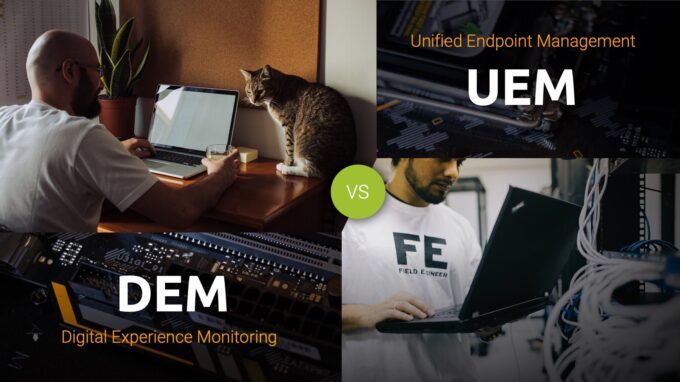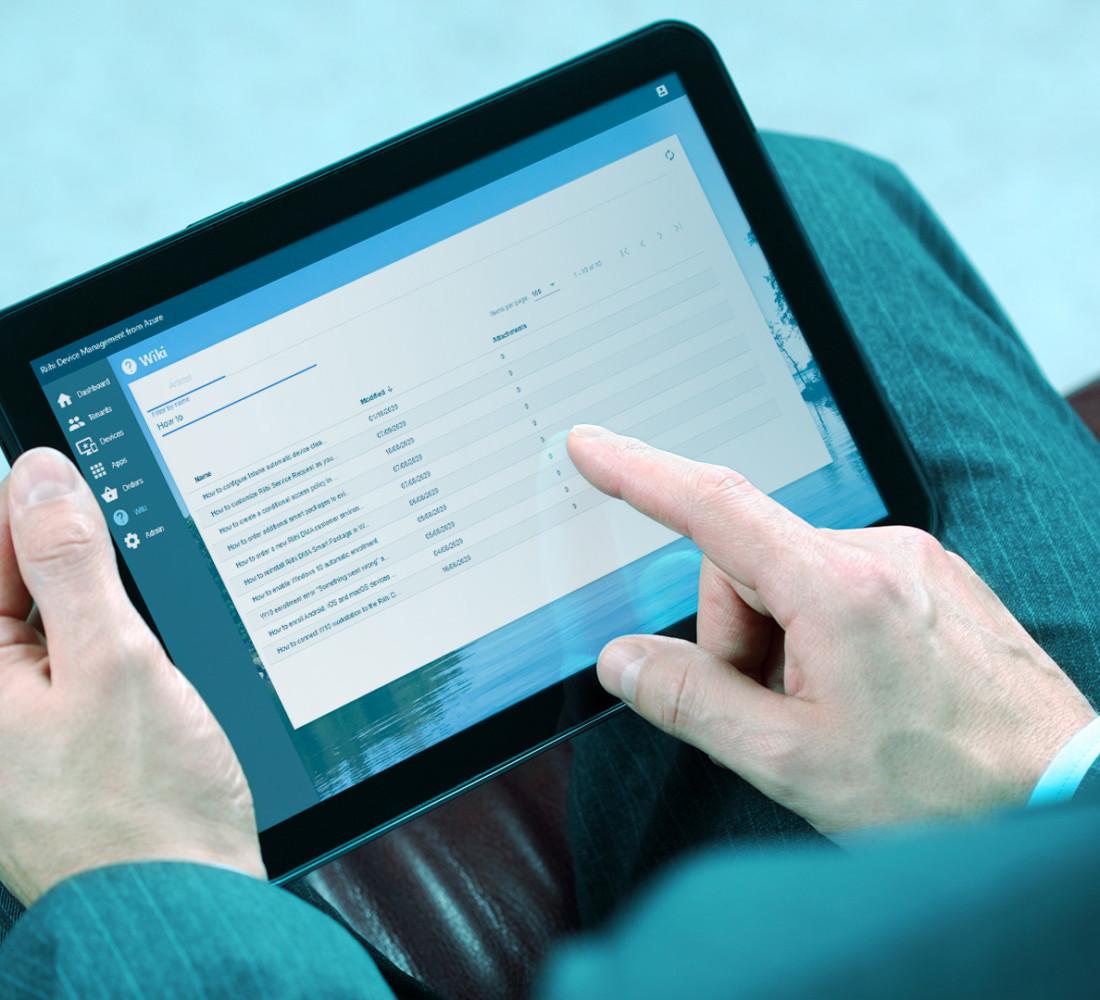With the rise of remote work, the demand for robust and efficient device management solutions has never been greater. Unified Endpoint Management (UEM) has emerged as a powerful solution to streamline device management, enhance security, and boost productivity. Here are six key features that define an effective UEM solution, shedding light on how it can transform your enterprise mobility management (EMM) strategy.
Feature 1: Comprehensive Device Management

An effective Unified Endpoint Management (UEM) solution provides organizations with a holistic approach to device management. It allows for the oversight of a wide spectrum of endpoints, ranging from traditional desktops and laptops to modern smartphones, tablets, and Internet of Things (IoT) devices. This comprehensive device management capability ensures that all devices within the organization are efficiently controlled and secured from a single, centralized platform.
This feature enables IT administrators to maintain visibility and control over their entire fleet, regardless of device type or operating system. Whether it’s ensuring that laptops have the latest security patches, managing mobile device configurations, or monitoring the health of IoT devices, an effective UEM solution acts as a central command center, simplifying the management of diverse endpoints.
Feature 2: Cross-Platform Support
One of the standout features of UEM is its cross-platform support. In today’s heterogeneous IT environments, organizations often use a mix of operating systems and device types. An effective UEM solution seamlessly accommodates this diversity. It can manage devices running various operating systems like iOS, Android, Windows, and macOS.
This cross-platform compatibility is invaluable as it simplifies device management across the organization. IT teams no longer need to juggle multiple management tools, ensuring consistent security policies, compliance, and updates across different platforms. It streamlines processes, reduces complexity, and enhances operational efficiency.
Feature 3: Advanced Security

Advanced security is a core feature of any effective UEM solution. Such a solution incorporates cutting-edge security features and practices to safeguard an organization’s sensitive data and devices.
These security features include real-time threat detection mechanisms that promptly identify and respond to security threats. Encryption ensures that data remains protected both in transit and at rest. Secure access controls restrict unauthorized access to corporate resources. Moreover, integration with threat intelligence feeds keeps the UEM system updated with the latest threat information, enabling proactive security measures. In essence, advanced security in UEM provides organizations with the peace of mind that their endpoints are shielded from the ever-evolving landscape of cyber threats.
Feature 4: Enhanced User Experience
A superior user experience is a hallmark of an effective UEM solution. User experience extends beyond the end-users themselves to IT administrators who manage devices and troubleshoot issues.
For end-users, a UEM solution enhances their productivity by minimizing disruptions. Features such as over-the-air (OTA) updates ensure that devices are always up-to-date with the latest software and security patches without interrupting their workflow. Remote troubleshooting capabilities allow IT teams to resolve issues swiftly, reducing downtime and frustration.
IT administrators benefit from a streamlined, intuitive interface that simplifies device management tasks. Self-service portals empower end-users to perform certain actions independently, reducing the burden on IT support. These combined elements create a harmonious balance between security and user satisfaction.
Feature 5: Robust App Management

An effective UEM solution excels in app management, essential for optimizing device functionality. Robust app management includes several key components:
- App Deployment: UEM simplifies deploying applications to devices. IT administrators can remotely push out corporate apps, ensuring employees can access the necessary tools.
- App Distribution: UEM solutions provide a centralized platform for distributing applications across various devices and platforms. This simplifies the app distribution process, eliminating the need for multiple distribution methods.
- App Updates: Keeping apps up-to-date is critical for security and performance. UEM automates app updates, ensuring users have the latest versions, including security patches and new features.
- App Containerisation: App containerization is a security feature that isolates corporate apps and data from personal information on the device. This segregation enhances security and compliance, as sensitive corporate data remains protected.
Robust app management in UEM creates a seamless experience for end-users and IT administrators, fostering efficiency, security, and compliance.
Feature 6: Simplified Compliance and Reporting
Compliance and reporting are vital considerations, especially for organizations operating in regulated industries or those adhering to internal policies. An effective UEM solution simplifies these aspects in several ways:
- Policy Enforcement: UEM enforces compliance with predefined security policies. It ensures that all devices within the organization adhere to specific security standards, minimizing vulnerabilities.
- Tracking and Monitoring: UEM continuously tracks and monitors device compliance. It provides real-time insights into the status of devices, allowing IT administrators to promptly identify and rectify non-compliance issues.
- Detailed Reporting: UEM generates detailed reports that showcase compliance status, security incidents, and device health. These reports are invaluable for audits, demonstrating compliance with regulatory authorities, and making data-driven decisions.
UEM ensures that organizations maintain a strong security posture, meet regulatory requirements, and demonstrate their commitment to data protection and governance by simplifying compliance and reporting.
Practical Benefits of UEM Implementation

Beyond its individual features, implementing a Unified Endpoint Management (UEM) solution offers many practical advantages for organizations seeking to streamline device management, enhance security, and boost productivity.
1. Streamlined IT Management
UEM simplifies IT management by centralizing device oversight and control. IT administrators can efficiently configure and manage all devices from a single, unified platform. This eliminates the need for disparate management tools, reducing complexity and saving time.
2. Enhanced Productivity
A well-implemented UEM solution ensures that devices are consistently up-to-date with the latest software, security patches, and configurations. This minimizes device-related issues, reducing end-user workflow disruptions and enhancing overall productivity.
3. Scalability and Flexibility
UEM solutions are inherently scalable, making them suitable for organizations of all sizes. Whether your organization is experiencing rapid growth or transitioning to new technologies like IoT, a UEM solution can adapt to your changing needs and device fleet.
Conclusion
An effective Unified Endpoint Management (UEM) solution is defined by its comprehensive device management capabilities, cross-platform support, advanced security features, enhanced user experience, robust app management, and simplified compliance and reporting. These features empower organizations to manage their diverse device fleets efficiently, secure their data, enhance productivity, and ensure compliance with industry regulations.
Visit their website to explore the possibilities of UEM and its transformative impact on your enterprise mobility management (EMM) strategy. They offer a suite of UEM solutions designed to meet the diverse requirements of modern businesses. Choose UEM or MDM software to lead your organization into the future of unified endpoint management.











